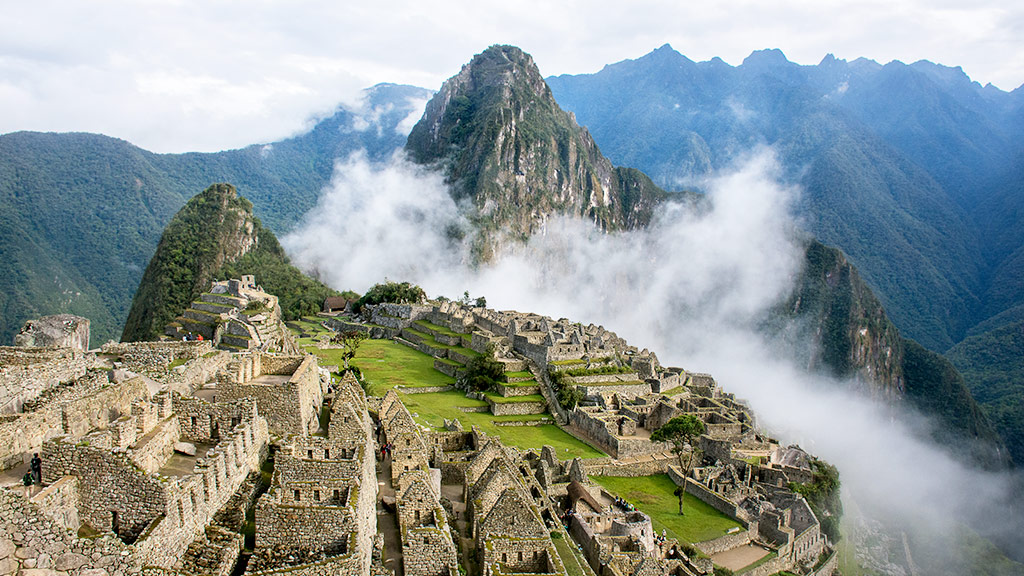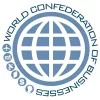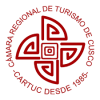
What Does Machu Picchu Mean?
Welcome to our in-depth exploration of Machu Picchu, one of the most fascinating archaeological sites in the world. Nestled high in the Andes Mountains of Peru, Machu Picchu continues to captivate visitors with its mysterious ruins and breathtaking views. In this article, we will delve into its rich history, uncover the meaning behind its name, and discover the cultural significance of this UNESCO World Heritage site.
The History of Machu Picchu
Constructed in the 15th century during the height of the Inca Empire, Machu Picchu served as a sacred city and an important center for religious, political, and administrative activities. However, its purpose and significance remain shrouded in mystery. It was abandoned and forgotten for centuries until its rediscovery in 1911 by American explorer Hiram Bingham.Exploring the Ruins
Today, Machu Picchu stands as a testament to the architectural brilliance and ingenuity of the Inca civilization. The ruins feature intricate stone structures, terraces, and plazas, all harmoniously blending with the natural landscape. Exploring the site allows visitors to immerse themselves in the ancient world of the Incas and marvel at their engineering prowess.Unraveling the Meaning of Machu Picchu
The name “Machu Picchu” translates to “Old Mountain” in the Quechua language, which was spoken by the Incas. This name perfectly describes the site’s location, nestled on a mountain ridge at an elevation of over 7,900 feet. The significance of the name goes beyond its literal translation, as Machu Picchu holds deep spiritual and cultural importance for the indigenous people of Peru.Archaeological Discoveries
Since its rediscovery, numerous archaeological studies and excavations have been conducted at Machu Picchu, shedding light on its history and purpose. These investigations have revealed that the site was likely a royal estate, a ceremonial center, and a pilgrimage site. The intricate stonework and advanced agricultural terraces demonstrate the Inca’s mastery of engineering and their ability to thrive in a challenging mountainous environment.Preservation Efforts
Machu Picchu’s remote location and fragile ecosystem pose challenges for its preservation. To protect the site from the effects of tourism, conservation efforts have been implemented, including visitor restrictions, monitoring of foot traffic, and ongoing restoration projects. These measures aim to ensure that future generations can experience the magic and wonder of Machu Picchu.Local Culture and Traditions
Visiting Machu Picchu offers a unique opportunity to immerse oneself in the vibrant culture and traditions of the Andean people. The surrounding region is home to indigenous communities that continue to preserve their ancestral customs, languages, and textiles. Engaging with the local people provides a deeper understanding of the connection between the past and present, enriching the overall experience of Machu Picchu.Visiting Machu Picchu Today
Machu Picchu is accessible via a scenic train ride from Cusco or a multi-day trek along the Inca Trail. Visitors are required to obtain a permit in advance due to the site’s popularity and limited capacity. It is advisable to plan your visit during the dry season (May to September) to make the most of your time exploring the ruins and enjoying the stunning vistas.Conclusion
Machu Picchu continues to captivate the imagination of travelers and archaeologists alike. Its enigmatic history, breathtaking beauty, and cultural significance make it a must-visit destination for those seeking to unravel the secrets of the ancient world. Whether you are a history enthusiast, an adventure seeker, or simply in awe of nature’s wonders, Machu Picchu offers an unforgettable experience that will leave a lasting impression.Frequently Asked Questions
1. What does the name “Machu Picchu” mean?
The name “Machu Picchu” translates to “Old Mountain” in the Quechua language.2. How was Machu Picchu rediscovered?
Machu Picchu was rediscovered in 1911 by American explorer Hiram Bingham.3. Are there any theories about the purpose of Machu Picchu?
There are various theories suggesting that Machu Picchu served as a royal estate, a ceremonial center, and a pilgrimage site.4. Can I hike to Machu Picchu?
Yes, you can hike to Machu Picchu by embarking on the iconic Inca Trail or other alternative treks that offer a unique perspective of the surrounding landscapes.
Top Tours in Peru 2023
- Tour in Peru 5 days visit: Cusco, Machu Picchu, Sacred Valley and Rainbow Mountain
- Tour in Peru 5 days visit: Cusco, Machu Picchu, Sacred Valley and Humantay Lagoon
- Tour in Peru 9 days: Lima, Paracas, Nazca, Cusco, Valley, Machu Picchu, Lake Titicaca
- Tour in Peru 10 days visit: Lima, Cusco, Sacred Valley Machupicchu, Piura, Máncora
- Tour in Peru 15 days: Lima, Cusco, Valley, Machu Picchu, Lake Titicaca – Puno, Colca Canyon – Arequipa, Lima, Amazon River – Iquitos
- Tour in Peru 15 days: Lima, Paracas – Nazca, Colca Canyon – Arequipa, Lake Titicaca – Puno, Cusco – Sacred Valley, Machu Picchu, Lima
Tour from 1 to 30 days in Peru includes hotel, transportation, income and more
- Tour in Peru 1 day Machu Picchu in one day with the Train Company “Inca Rail”
- Tour in Peru 1 day Machu Picchu in one day with the Train Company “Peru Rail”
- Tour in Peru 2 days Machu Picchu and Sacred Valley
- Tour in Peru 2 days Machupicchu and Huaynapicchu
- Tour in Peru 3 days and 2 nights visit: Cusco, Machu Picchu
- Tour in Peru 4 days Cusco, Machu Picchu, Valley
- Tour in Peru 4 days with 1 night in Machu Picchu
- Tour in Peru 5 days visit: Cusco, Machu Picchu, Sacred Valley, Maras Moray
- Tour in Peru 5 days visit: Cusco, Machu Picchu, Sacred Valley and Rainbow Mountain
- Tour in Peru 5 days visit: Cusco, Machu Picchu, Sacred Valley and Humantay Lagoon
- Tour in Peru 5 days visit: Lima, Cusco, Machu Picchu, Sacred Valley
- Tour in Peru 6 days visit: Lima, Cusco, Machu Picchu, Sacred Valley, Lake Titicaca
- Tour in Peru 7 days: Lima, Arequipa, Colca Canyon, Cusco, Sacred Valley, Machu Picchu
- Tour in Peru 7 days: Lima, Cusco, Sacred Valley, Machu Picchu, Nazca, Paracas, Ballestas
- Tour in Peru 7 days: Lima, Valley, Machu Picchu, Puno, Lake Titicaca, Uros
- Tour in Peru 8 days visit: Lima, Paracas, Nazca, Cusco, Valley, Machu Picchu, Lake Titicaca
- Tour in Peru 9 days: Lima, Paracas, Nazca, Cusco, Valley, Machu Picchu, Lake Titicaca
- Tour in Peru 10 days visit: Lima, Cusco, Sacred Valley Machupicchu, Piura, Máncora
- Tour in Peru 11 days visit: Lima, Machu Picchu, Lake Titicaca, Puno, Colca Canyon, Arequipa
- Tour in Peru 11 days visit: Lima, Nazca, Machupicchu, Cusco, Puno, Lake Titicaca
- Tour in Peru 15 days: Lima, Cusco, Valley, Machu Picchu, Lake Titicaca – Puno, Colca Canyon – Arequipa, Lima, Amazon River – Iquitos
- Tour in Peru 15 days: Lima, Paracas – Nazca, Colca Canyon – Arequipa, Lake Titicaca – Puno, Cusco – Sacred Valley, Machupicchu, Lima
- Tour in Peru 20 days: Lima, Cruise on the Amazon River – Iquitos, Lima, Huacachina, Nazca Lines, Ballestas – Ica, Colca Canyon – Arequipa, Cusco, Sacred, Machu Picchu
- Tour in Peru 22 days: Lima, Señor de Sipán – Chiclayo, Chan Chan – Trujillo, Lima, Paracas, Nazca, Colca Canyon – Arequipa, Lake Titicaca Puno, Cusco, Valley, Machu Picchu
- Tour in Peru 25 days: Lima, Nazca, Machupicchu, Trujillo, Chiclayo, Lord of Sipan, Chavín De Huántar, Arequipa, Cusco
- Tour in Peru 30 days: Lima, Chan Chan Trujillo, Sipan Chiclayo, Kuelap Chachapoyas, Baños del Inca Cajamarca – Paracas, Nazca, Colca Arequipa, Titicaca, Cusco, Valle, Machu Picchu
Inca Trail to Machu Picchu
- Inca Trail 2 days to Machu Picchu
- Inca Trail 4 days to Machu Picchu
- Inca Trail 4 days to Machu Picchu”Lujo”
- Inca Trail to Choquequirao 4 days
- Inca Trail to Choquequirao 5 days
- Inca Trail through the Nevado Salkantay 4 days to Machu Picchu with Sky Camp
- Inca Trail through the Nevado Salkantay 5 days to Machu Picchu with Sky Camp
testimony of our passengers
Book your tour or ask your questions
| E-mail: info@machupicchu.com.pe | MOVIL: +51-977777777 |
| E-mail: mapitravel@hotmail.com | MOVIL: +51-984630919 |
| E-mail: machupichutravel@gmail.com | MOVIL: +51-984654111 |









